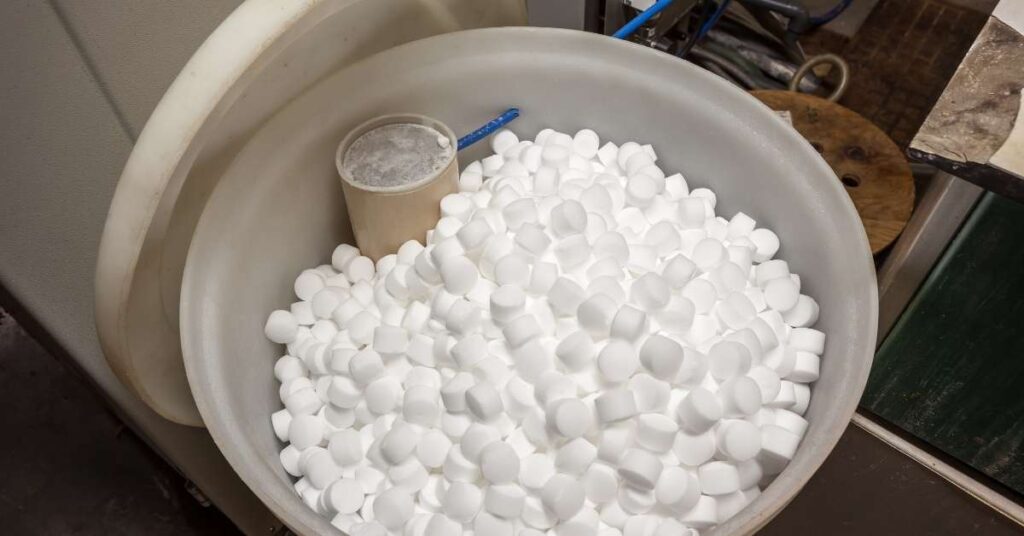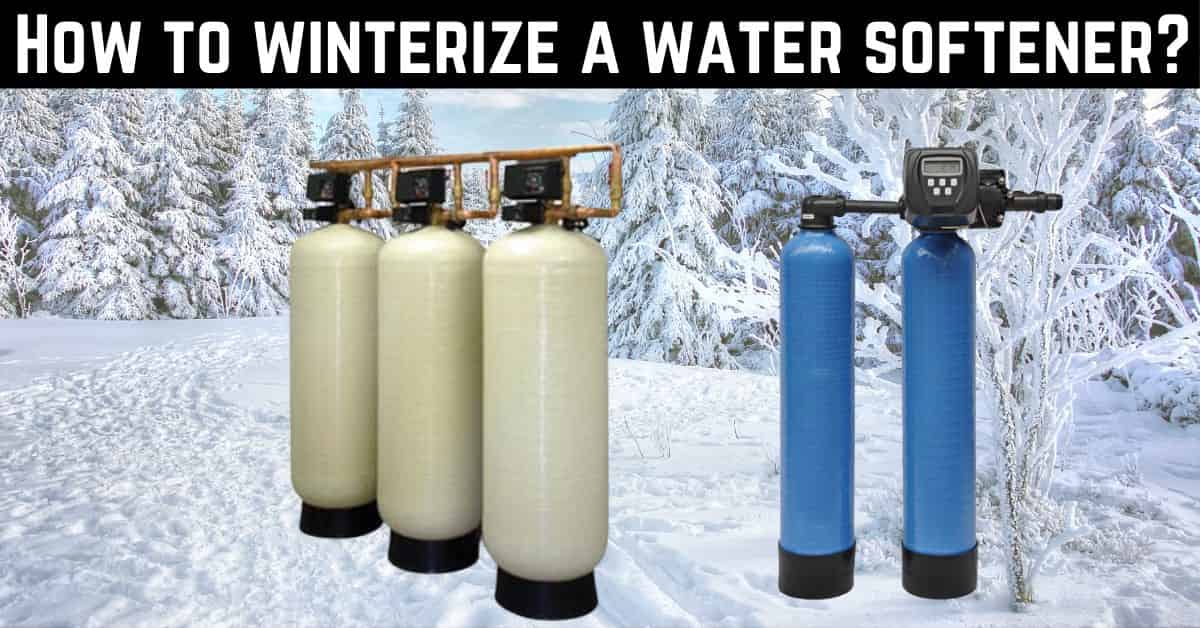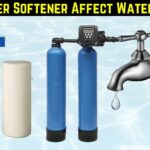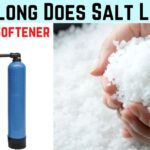Did you know the steps you can take to winterize a water softener? If you didn’t know, don’t worry – you’re not alone!
Many people don’t realize that they need to take steps to winterize their softener.
But the good news is that it’s pretty simple to do, and in this blog post, we will walk you through all the steps.
So if you want to ensure your softener is prepared for the colder months ahead, keep reading!
Why Do I Need To Winterize A Water Softener?
If you live in an area where the winters are cold, it’s essential to winterize your softener. It will help prevent the unit from freezing and breaking.
- There are a few different ways to winterize a softener. One is to drain the unit and remove all of the salt simply. This should be done before the first hard freeze of the season.
- Another way to winterize a softener is to add antifreeze to the unit to keep the unit from freezing and breaking.
- Finally, you can also purchase a water softener cover. It will help protect the unit from the elements.
Whether you choose, winterizing your softener is essential to keep it running all year correctly.
Water Softener Winterization Guide:
How to Keep Your Softener Running All Year Long
It’s that time of year again! As the cold temperatures start to drop, you may be thinking about how to winterize your softener.
Don’t let the colder weather take a toll on your home’s plumbing – follow our guide and keep your softener running all year.
1. Check the manufacturer’s recommendations
Before you do anything, it’s always best to consult your water softener’s manufacturer. They will have specific instructions on how to winterize your model properly.
2. Disconnect the power source
Disrupt the power supply once you’ve drained the unit. This would help prevent any electrical damage if the unit were to freeze.
3. Drain the unit
Most water softeners need to be drained before being stored for the winter. Drain the soft water supply out of the unit is essential in winterizing your softener resin tank.
It will help prevent any damage that freezing temperatures could cause.
4. Remove the salt

If you have salt-based water softener tanks, remove the salt from the unit before storing it. You can simply open the door and scoop the salt with a shovel.
5. Cover the unit
Another essential step in winterizing your water treatment systems is to cover the unit. If possible, wrap the unit in a tarp or plastic sheeting to protect it from moisture.
This will help protect it from the elements and any potential damage.
6. Store the unit in a dry, protected place
Once your softener is drained and empty, store it in a safe place. Choose a dry location that is out of the elements, such as a garage or storage shed.
Following these simple tips, you can easily winterize a water softener and keep it running all year smoothly.
How Can Cold Weather Harm My Softener?
Softeners are essential in many households, especially in areas with hard water.
While they are built to withstand a variety of conditions, cold weather can still pose a threat to their performance. Here are a few ways that cold weather can harm your softener:
- Freezing temperatures can cause the pipes carrying softened water to freeze and burst. It can damage the softener and cause a loss of supply of water pressure.
- Cold weather can also cause less effective salt used to soften water.
- Ice buildup can damage the moving parts of the softener, such as the manual bypass valve or piston.
- In extreme cold, the water in the softener may freeze, damaging the unit.
Protecting your softener is essential if you live in an area with cold winters. Here are a few tips:
- Insulate the frozen pipe to prevent them from freezing.
- Keep the softener unit itself indoors, if possible.
- If the softener is outdoors, consider using a weatherproof cover.
- Check the salt level regularly and add more if necessary.
Taking these precautions can help ensure that your outdoor softener will continue to work correctly during cold weather.
Tips To Prevent a Water Softener from Freezing:
Here are some tips to prevent a house water softener from freezing:
Keep the Water Softener Warm
Make sure the water softener is installed in a warm location. Keep the area heated to prevent freezing if it’s in a garage or basement.
You can also use insulation to cover the water softener and the pipes leading to and from it.
Keep the Water Flowing
If the water softener is not used for an extended period, keep the water flowing through it. It will prevent water from stagnating and freezing inside the system.
Install Heating Tape
Heating tape is a special tape that can be wrapped around pipes and water softeners to keep them warm. It is especially useful for pipes exposed to cold air or in unheated areas.
Regular Maintenance
Regular maintenance of the water softener is crucial to ensure its proper functioning. If there are any leaks or damages, they should be fixed immediately to prevent water from freezing inside the system.
Drain the System
Suppose you will be away from home for an extended period during the winter. In that case, draining the water softener system is a good idea.
This will prevent any water from freezing inside the system and causing damage.
By following these tips, you can ensure that your water softener remains functional and free from freezing during winter.
How to Protect Outdoor Water Softeners?
Many homeowners are preparing their outdoor spaces for the summer as the weather begins to warm up.
It may include setting up a pool, installing a new deck or patio, or planting a garden. If you have an outdoor water softener, it’s essential to take steps to protect it from the elements.
Here are some tips for protecting your outdoor water softener manual:
1. Cover it up if you live in severe weather conditions. In that case, it’s a good idea to cover your water softener safely with a tarp or other protective covering.
This will help keep it clean and dry and prevent wind, rain, or snow damage.
2. Keep it clean. Be sure to keep your softener free of debris and dirt. A clean unit will function more efficiently and last longer.
3. Inspect it regularly. Take the time to inspect your water softener connections regularly and perform any necessary maintenance or costly repairs as needed.
It will help to keep it in good working condition and extend its lifespan.
4. Store it properly. If you’re not using your water softener salt tank during winter, store it in a dry, protected location to prevent damage from cold temperatures or moisture.
Following these tips can help ensure your outdoor water softener stays in good condition for many years.
How to Use Water Softener Insulation Jacket?
If you have a softener, you know that one of the most critical maintenance tasks is to keep it insulated.
An insulation jacket helps protect your softener during winter from the elements and keeps it running more efficiently.
Here’s how to properly use an RV water softener insulation jacket:
- Cut the insulation jacket to size. Make sure that you allow for an extra inch or two on all sides so that you can tuck the edges of the jacket under the unit.
- Place the insulation jacket on top of the drain water softener unit.
- Secure the insulation jacket by wrapping it around the unit and tying it off with a rope or bungee cord.
- Ensure the insulation jacket is snug against the unit so there are no gaps. If necessary, trim the edges of the jacket so they fit more snugly.
- Check the pipe insulation wrap jacket regularly to ensure it is still in place and good condition. Replace it if necessary.
By following these simple steps, you can help to prolong the life of your excess water conditioning equipment and keep it running more efficiently.
An insulation jacket is an essential part of proper water softener maintenance.
Steps in Softener Draining Procedure
- Turn off the water pump to the softener unit and disconnect the power.
- Locate the brine tank and find the brine tube. This tube goes from the brine tank to the softener unit.
- Place a container under the brine tube to catch any water that may drain out.
- Using a wrench, loosen the nut that secures the brine tube to the bottom of the pressure tank.
- Allow the water to drain out of the brine solution until it is only dripping very slowly.
- Tighten the nut on the brine valve and remove the container from under it.
- Reconnect the power to the water softener unit and turn the water back on.
- Test the water to ensure it is now softened; repeat the above steps.
- Enjoy your softened water!
Conclusion
In conclusion, the softener is essential to the home, and we should know how to winterize a water softener properly.
We have gone over some tips on how to do this, and we hope this article has been helpful. Please get in touch with us if you have any questions; we will be happy to help.
Thank you for reading!
FAQs
Should We Pour Antifreeze Into The Softener?
The answer is both yes and no because it all depends on the type of water softener you have.
If you have a salt-based water softener, you should not pour antifreeze into it. It is because the salt will corrode the components of the softener.
On the other hand, if you have a potassium chloride-based water softener, you can pour antifreeze into it.
It is because potassium chloride is not harmful to the components of the softener.
When should I winterize a water softener?
It would help if you winterized your water softener before the season’s first freeze. Depending on your location, it is usually in late fall or early winter.
Winterizing your water softener early enough is important to avoid any potential damage from freezing temperatures.
Can I still use my water softener after winterizing it?
No, it would help if you did not use your water softener after winterizing it. The unit should remain inactive until it’s time to start it up again in the spring.
Suppose you need softened water during the winter. In that case, you can use an alternative source or consider installing a separate system for winter use.






